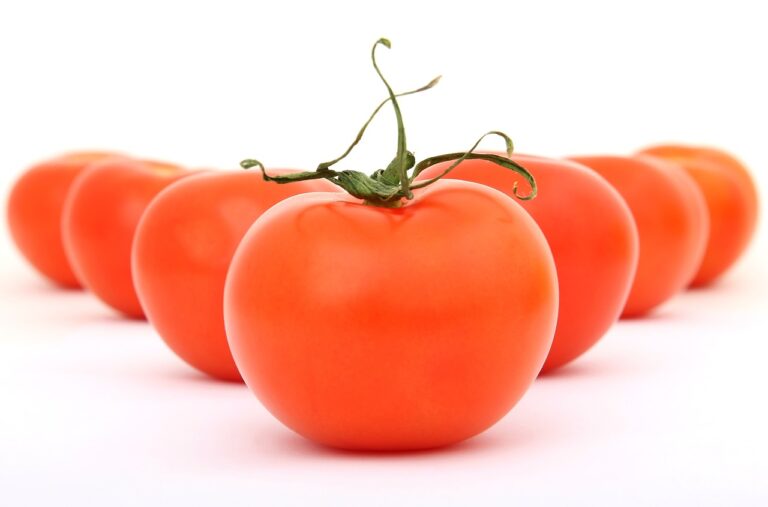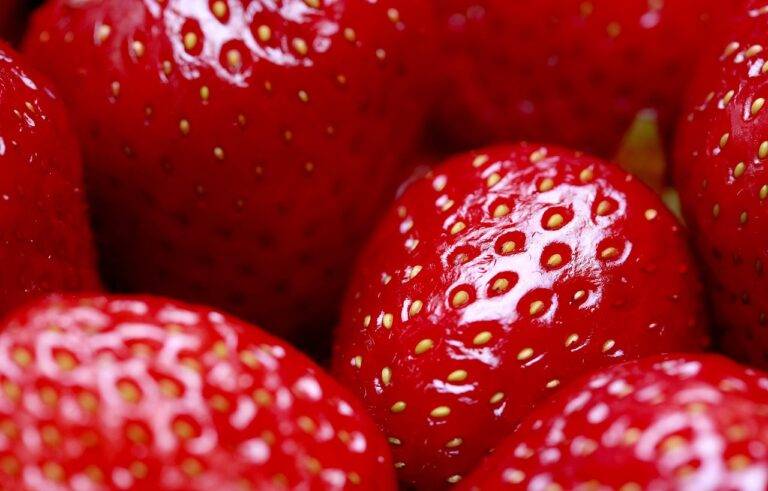The Impact of Climate Change on Global Food Production and Distribution
The global food production landscape is continuously evolving in response to various factors such as technological advancements, shifting consumer preferences, and economic conditions. With the world population steadily increasing, there is a growing demand for food resources, pushing agricultural practices to innovate and adapt to meet these needs. Across different regions, diverse food production trends are emerging, reflecting unique challenges and opportunities faced by farmers and food producers.
In recent years, there has been a notable shift towards sustainable and organic farming practices as consumers become more conscious about the environmental impact of food production. This trend is not only driven by consumer demand but also by regulatory initiatives aimed at promoting environmentally friendly agricultural methods. Additionally, the rise of precision agriculture technologies, such as drones and data analytics, is revolutionizing the way farming is carried out, leading to increased efficiency and productivity in food production.
Impact of Climate Change on Crop Yields
Climate change poses a significant challenge to crop yields worldwide. Rising temperatures can lead to shifts in growing seasons, impacting the timing of planting and harvesting. Additionally, extreme weather events such as droughts, floods, and storms can damage crops and reduce overall production.
In addition to temperature fluctuations and extreme weather events, climate change can also affect pest and disease patterns in agricultural systems. Warmer temperatures can create more favorable conditions for certain pests, leading to increased pest pressure on crops. This can result in reduced yields and lower crop quality, further exacerbating the challenges faced by farmers worldwide.
Rising temperatures can lead to shifts in growing seasons
Extreme weather events such as droughts, floods, and storms can damage crops
Climate change can affect pest and disease patterns in agricultural systems
Warmer temperatures can create more favorable conditions for certain pests
Water Scarcity and Agricultural Production
Water scarcity poses a significant threat to global agricultural production. The availability of water for irrigation is crucial to ensure optimal crop growth and high yields. As water resources become increasingly limited, farmers are facing challenges in meeting the water demands of their crops, leading to reduced productivity and potential crop failures.
In regions experiencing severe water scarcity, farmers are adopting various water-efficient techniques such as drip irrigation and rainwater harvesting to maximize water utilization. However, these methods require initial investments and proper infrastructure, which may be inaccessible to small-scale farmers. As a result, the impact of water scarcity on agricultural production disproportionately affects vulnerable communities who lack resources to adapt to changing water availability.
What are some global food production trends related to water scarcity?
Global food production is facing challenges due to water scarcity, leading to decreased crop yields and food shortages in certain regions.
How does climate change affect crop yields?
Climate change can lead to extreme weather events such as droughts and floods, which can negatively impact crop yields and agricultural production.
What are some solutions to address water scarcity in agriculture?
Some solutions to address water scarcity in agriculture include implementing more efficient irrigation systems, using drought-resistant crop varieties, and promoting sustainable water management practices.
How can individuals help conserve water in agriculture?
Individuals can help conserve water in agriculture by practicing water-saving techniques at home, supporting sustainable farming practices, and reducing food waste.
What are the potential consequences of not addressing water scarcity in agriculture?
If water scarcity in agriculture is not addressed, it could lead to food insecurity, increased food prices, and environmental degradation due to overuse of water resources.







